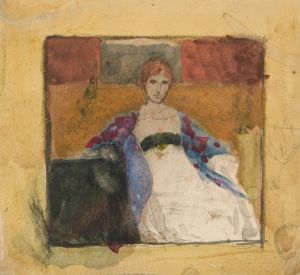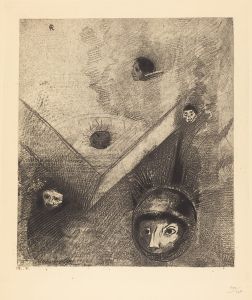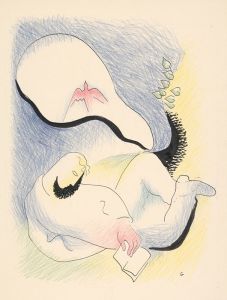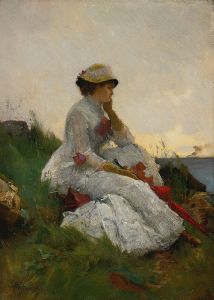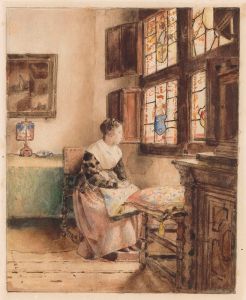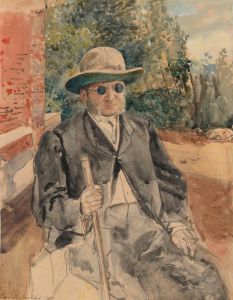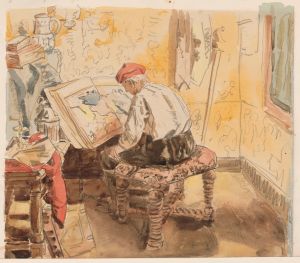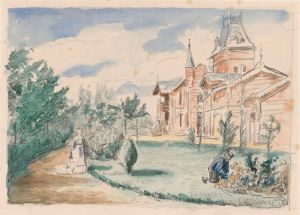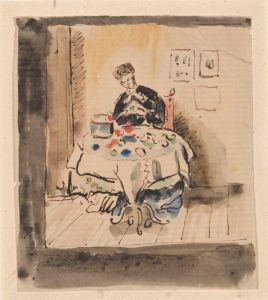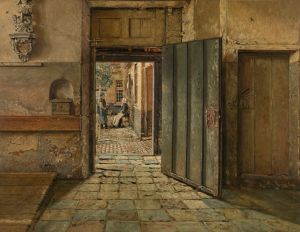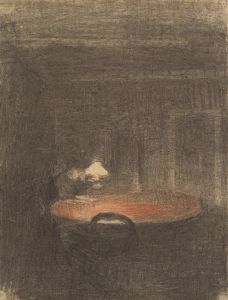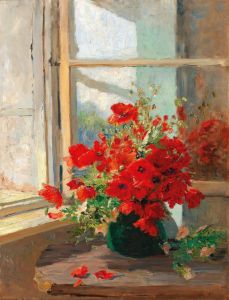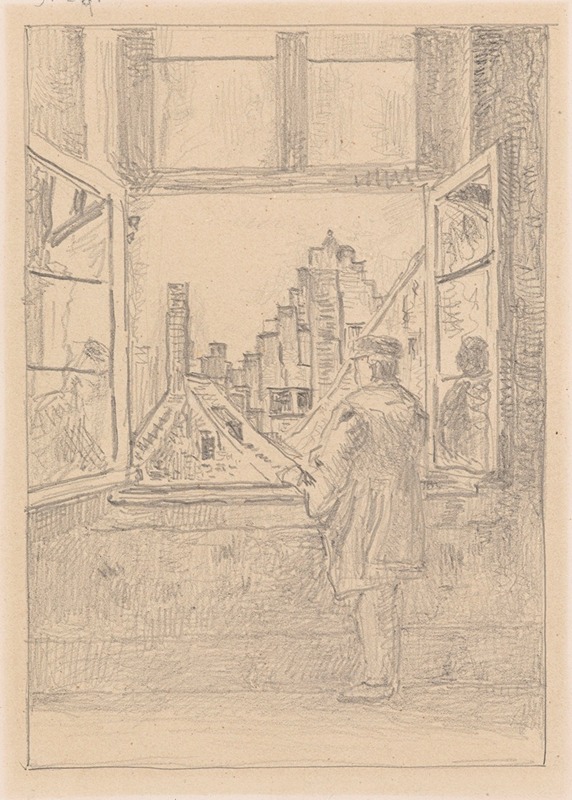
Man at the Window
A hand-painted replica of Henri de Braekeleer’s masterpiece Man at the Window, meticulously crafted by professional artists to capture the true essence of the original. Each piece is created with museum-quality canvas and rare mineral pigments, carefully painted by experienced artists with delicate brushstrokes and rich, layered colors to perfectly recreate the texture of the original artwork. Unlike machine-printed reproductions, this hand-painted version brings the painting to life, infused with the artist’s emotions and skill in every stroke. Whether for personal collection or home decoration, it instantly elevates the artistic atmosphere of any space.
Henri de Braekeleer (1840–1888) was a Belgian painter known for his detailed and atmospheric depictions of interiors and everyday life. One of his notable works, Man at the Window, exemplifies his ability to capture quiet, introspective moments with a focus on light, texture, and mood.
Man at the Window portrays a solitary male figure standing by a window, gazing outside. The painting is characterized by its subdued color palette and meticulous attention to detail, which are hallmarks of de Braekeleer's style. The composition emphasizes the interplay of light and shadow, with natural light streaming through the window and illuminating the interior space. This use of light not only enhances the realism of the scene but also creates a contemplative atmosphere, inviting viewers to ponder the thoughts and emotions of the figure.
De Braekeleer was influenced by the Dutch Golden Age painters, particularly Johannes Vermeer, whose works often depicted quiet domestic scenes with a similar focus on light and texture. In Man at the Window, this influence is evident in the careful rendering of the interior and the subtle gradations of light. The painting reflects de Braekeleer's interest in capturing the essence of ordinary moments, elevating them to a level of poetic significance.
The exact date of creation for Man at the Window is not definitively documented, but it is believed to have been painted during the height of de Braekeleer's career in the late 19th century. This period was marked by his exploration of themes related to solitude, introspection, and the passage of time, which are evident in this work.
Henri de Braekeleer's health began to decline in the 1870s, and he suffered from periods of mental illness that affected his productivity. Despite these challenges, his works, including Man at the Window, have been recognized for their technical skill and emotional depth. Today, his paintings are considered important contributions to Belgian art and are held in high regard for their ability to capture the quiet beauty of everyday life.
Man at the Window is housed in the Royal Museum of Fine Arts in Antwerp, Belgium, where it continues to be appreciated by art enthusiasts and scholars alike. The painting remains a testament to de Braekeleer's mastery of light, composition, and the depiction of human introspection.





